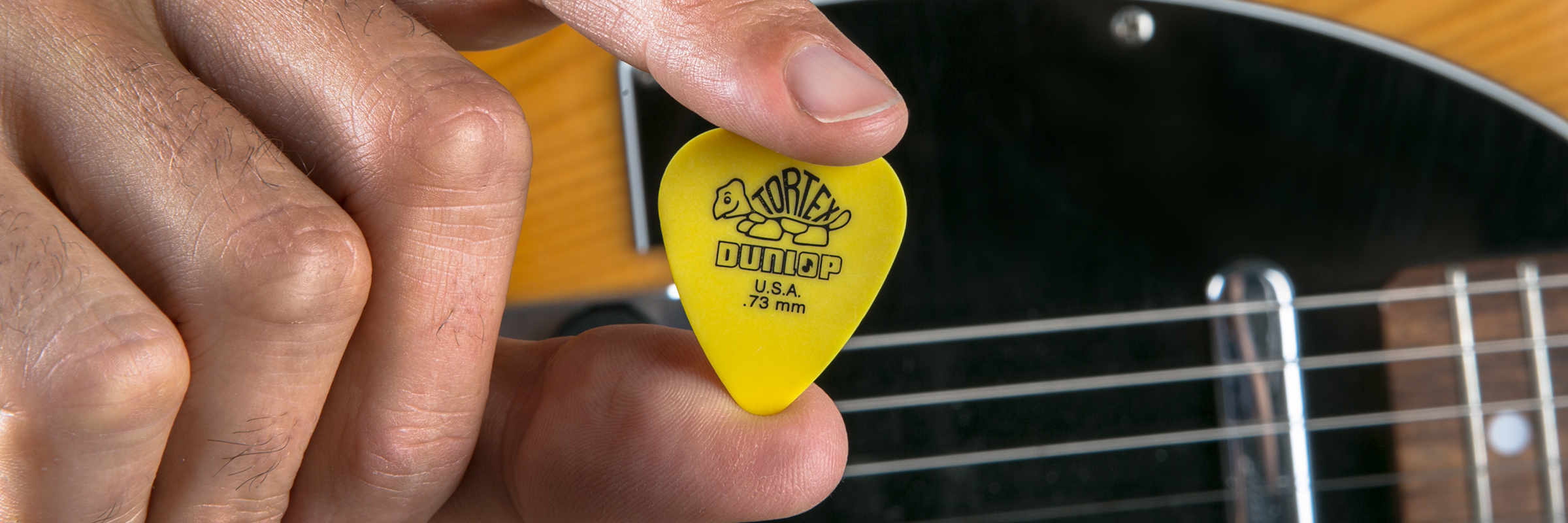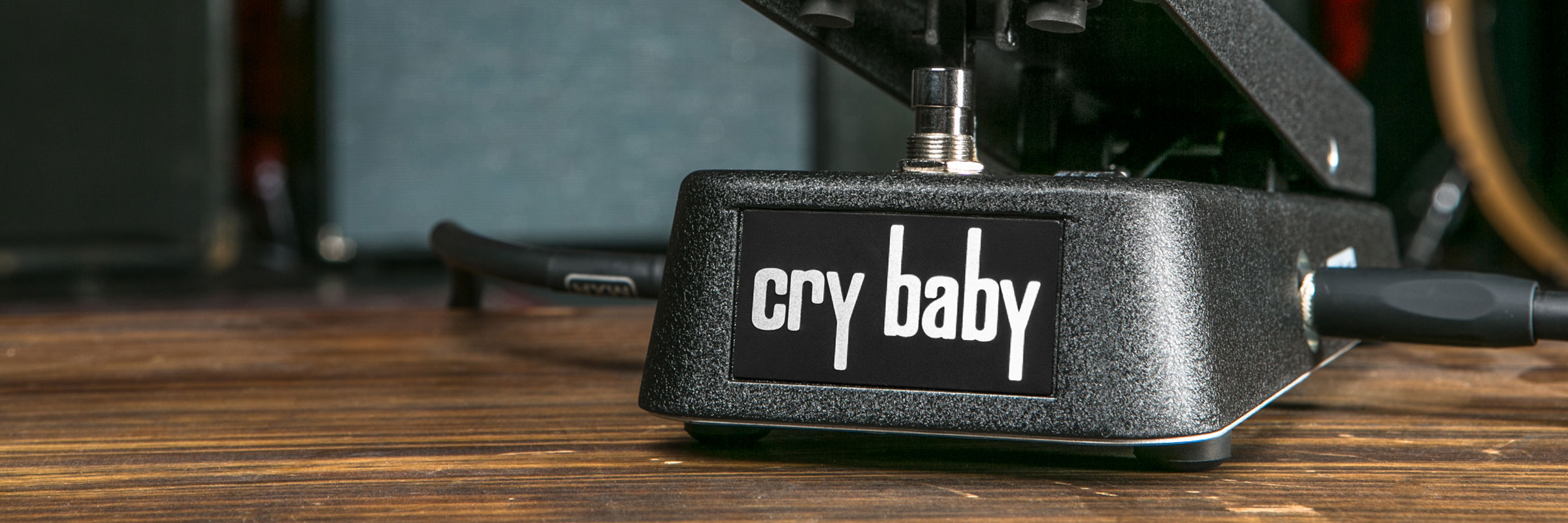The bright and timeless color palette of Tortex® Picks is just as important as their feel and tone. For countless players, the color of their favorite Tortex Pick gauge is part of their identity. Jim Dunlop first introduced color-coded gauges at a time when player choice and quality control were limited in the pick business.
For gauges, you were stuck with Light, Medium, and Heavy. Consistency was questionable not just from company to company—it was also questionable within individual companies themselves. Starting with Nylon Picks, Jim doubled the number of gauges available and noted the gauge right on the pick, in millimeters, to prove to players that he was serious about providing them with reliable options. Overnight, Jim established a new standard for player choice and consistency. Today, we take it for granted that a pick you buy today is exactly like the one you bought last month, or last year, but we can thank Jim for setting that expectation.









